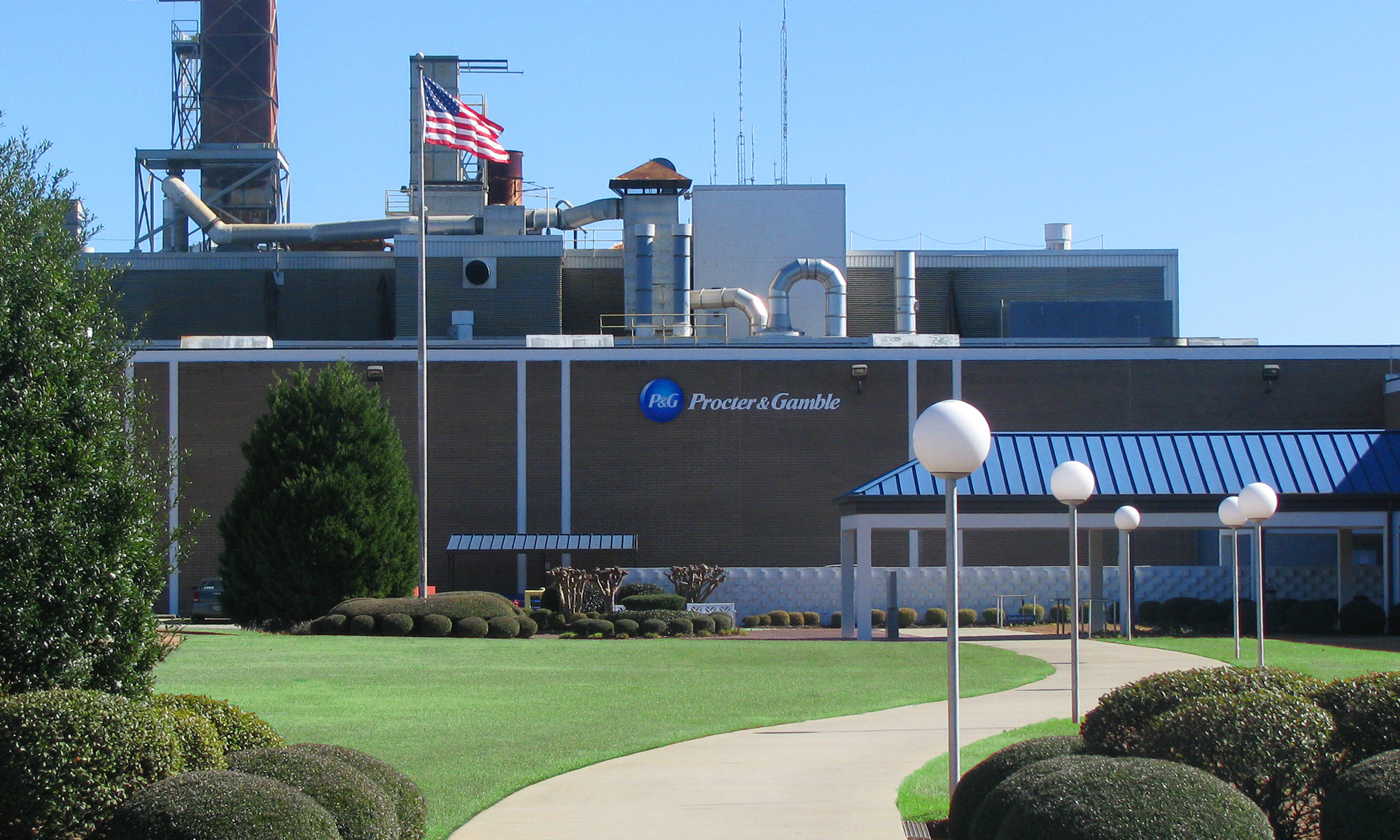
Source: Procter & Gamble.
Procter & Gamble(PG 0.45%) has long been one of the most solid blue chip stocks. The company has been paying dividends for 125 years and has raised its payout every year for the past six decades. When one thinks of a true dividend aristocrat, a few names come to mind, with Procter & Gamble near the top of the list. And after some recent weakness in its trading, this might be a good time to start building a position in this solid company.
Look in your bathroom cabinet
What does P&G make? The better question is, what household consumer products doesn't it make? If you look around your house or apartment, you're very likely to see a multitude of its brands: Crest, Nyquil, Pampers, Bounty, and Tide make up just a small percentage of the overall portfolio. This is what makes P&G a compelling investment for a newer investor. While microchips, biotech, or energy might be out of one's comfort zone, nearly every American consumer understands the power of brands in everyday life. We pay more for Crest toothpaste than for the supermarket brand. Understanding this, along with the scale advantages that a company like P&G can enjoy, makes it easy to understand how it has been so successful over the past century.
But revenue has been falling
Revenue for the company hit its high point in 2013 at over $84 billion. In 2015 that number came in at just $76 billion. Perhaps more alarmingly, net income has fallen from over $11 billion to $7 billion over that same period. Management has managed to reduce the overall share count over this period, which has helped mitigate the hit to earnings per share but only slightly so.
Explaining some of this contraction, management has undertaken a major effort to pare the company down from 165 brands to just 65. The thinking is that by sticking its core offerings, margins will improve, and mindshare at the company can focus on the most important projects. Most recently, P&G sold off 43 beauty brands to Coty for $12.5 billion earlier this summer.
The major concern, of course, is that shedding these brands may weaken the diversification that has been one of the hallmarks of the company's enduring success. These concerns are overblown. Had the company decided to focus on only 10 or 15 products I would be concerned, but 65 brands and their associated products should provide plenty of diversification. I like that management has chosen to be proactive about trimming the fat and trying to turn this giant ship around. It would be easy to stay in empire-building mode and continue to add brands and bloat. While there is no guarantee of success, this might be an excellent time to get on board.
A great dividend and a beaten-down price
P&G stock has lost 25% of its value year-to-date, which could make for a bargain entry point for investors looking for a safe haven in the market. The drop in net income from last year has largely been reflected in the stock price, and while stocks can certainly always drop further than we think, I would venture that we've seen near the worst for P&G.
Due to the recent weakness, the dividend yield is now approaching 4%. If the stock continues to move sideways over the near term, that payout will provide a solid return buffer, which can be reinvested or used for income. If the reorganization plan begins to show results and the stock price rises, investors may see a nice chunk of capital appreciation along with their dividend payments.
The dividend payout ratio, largely due to the reduced net income, is higher than I would like to see at around 85%. This number wouldn't cause me to withhold an investment, though. The current yield doesn't need much raising in the short term to be compelling, net income should rise in future years as margins improve, and the company has a stellar 59-year track record of managing and raising its dividend through all kinds of economic turmoil.
Furthermore, Procter & Gamble's financial strength looks very good, as its current ratio (current assets divided by current liabilities) stands at 1.0. That means the company has levers it can pull if it needs to raise funds to pay dividends, increase research and development, or invest in new initiatives.
The forward price-to-earnings ratio is largely in line with that of the S&P 500 at 17.7 times. For that price, investors are getting a premium company with a wonderful stable of consumer brands and a dividend yield significantly higher than the overall market. An investment in P&G is unlikely to make you rich quickly, but it should prove to be a solid piece of a well-diversified portfolio.







